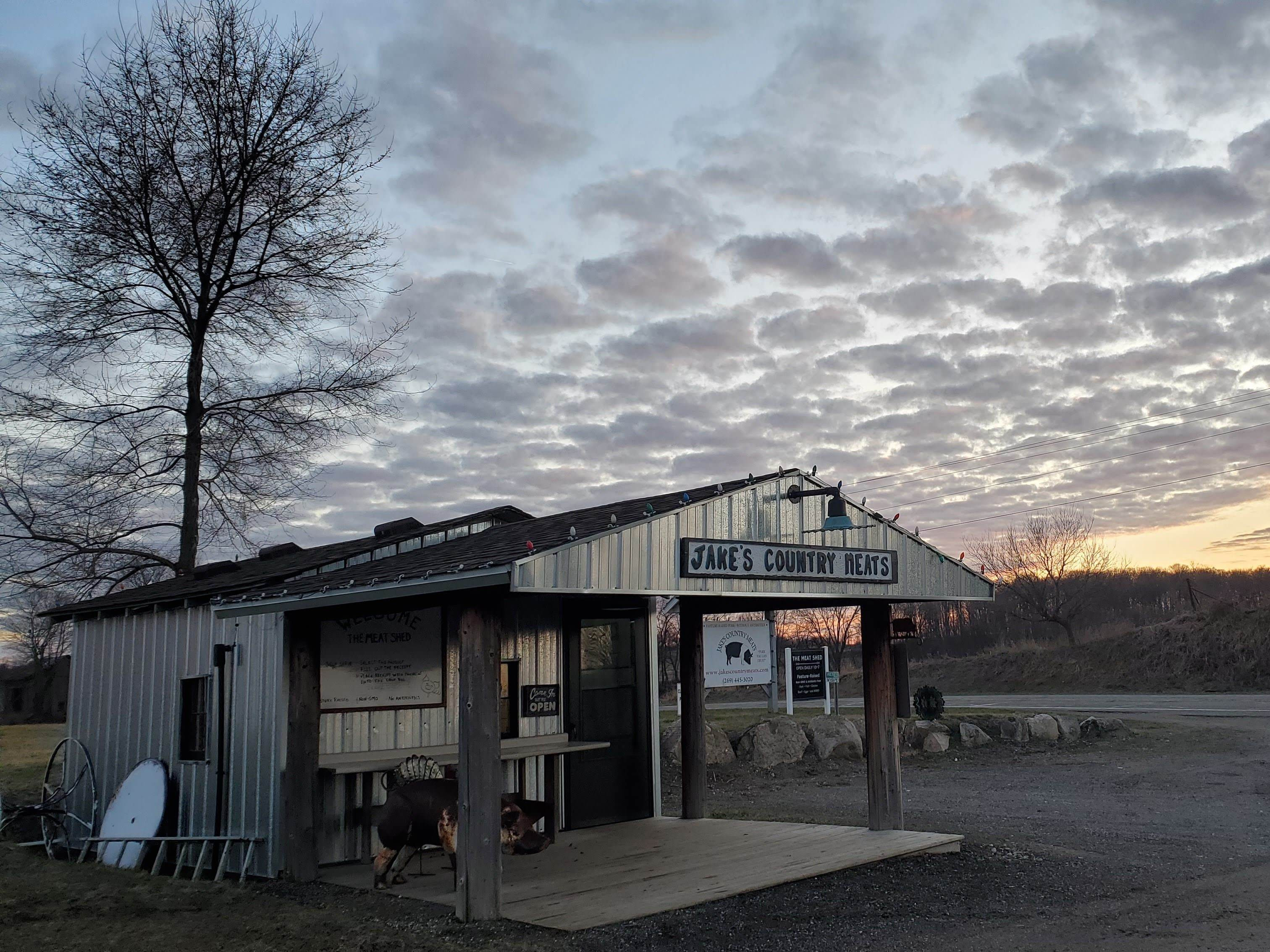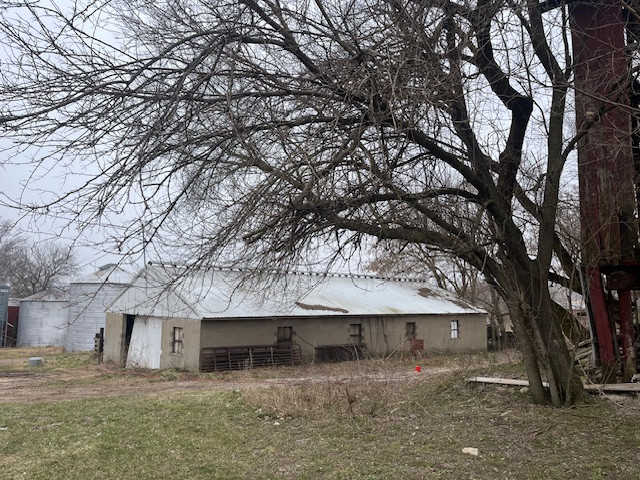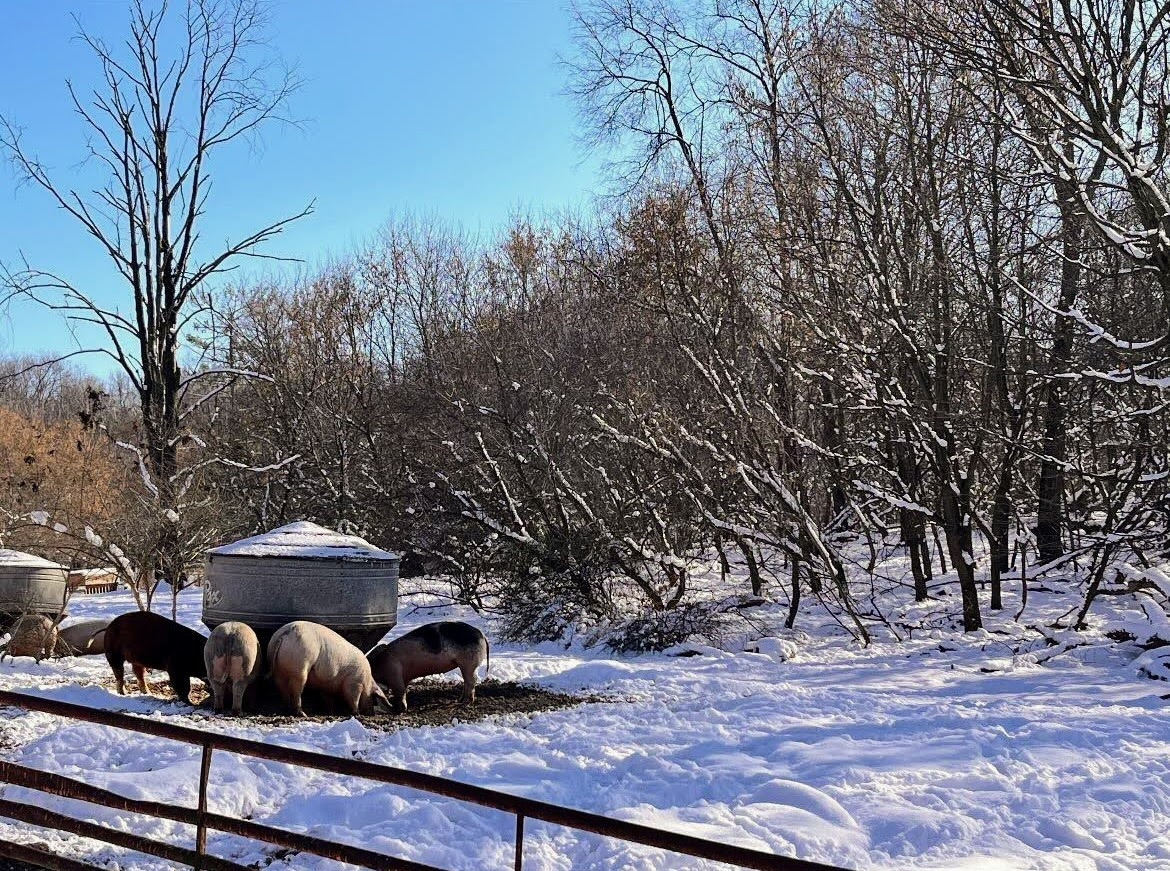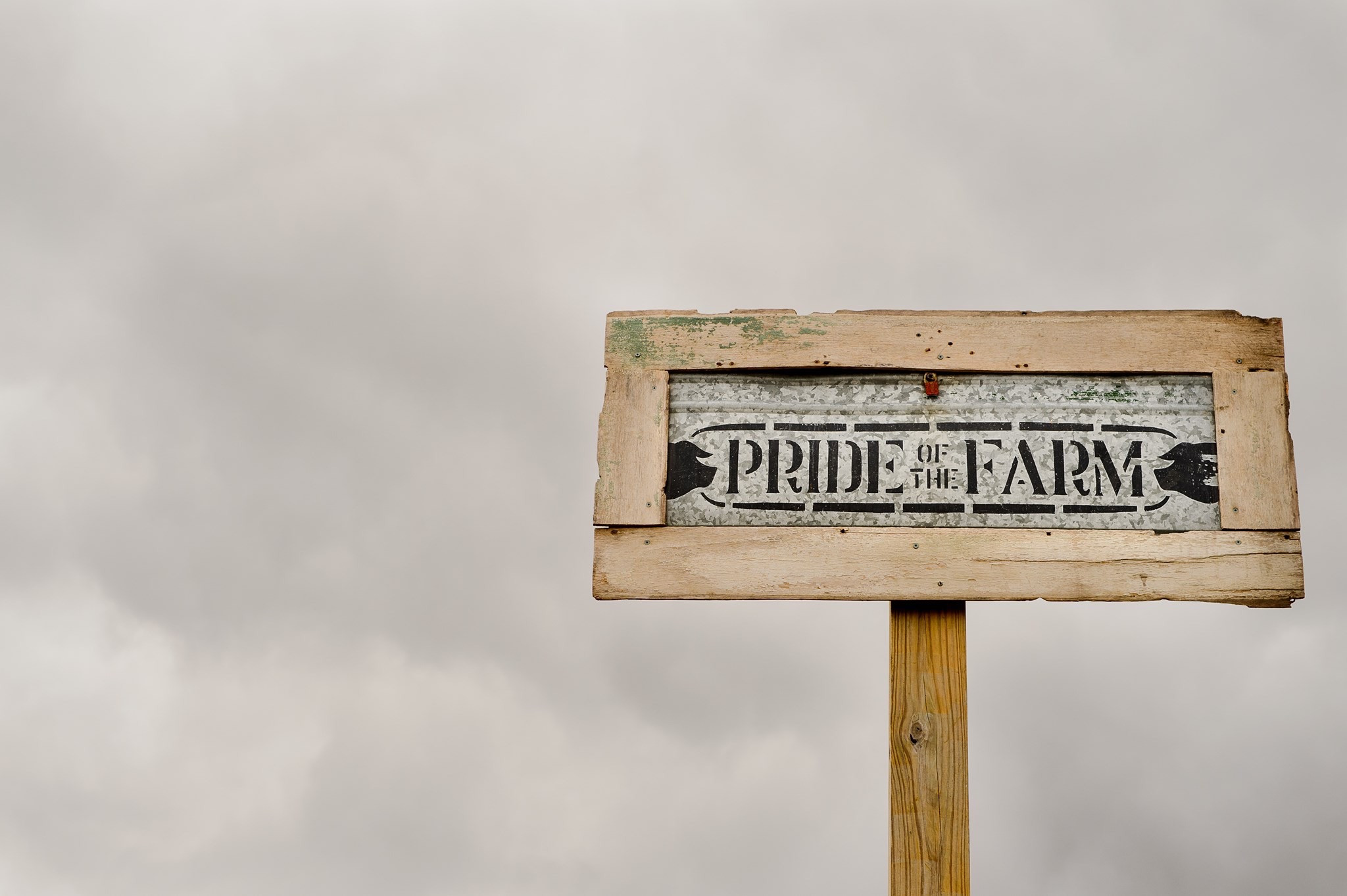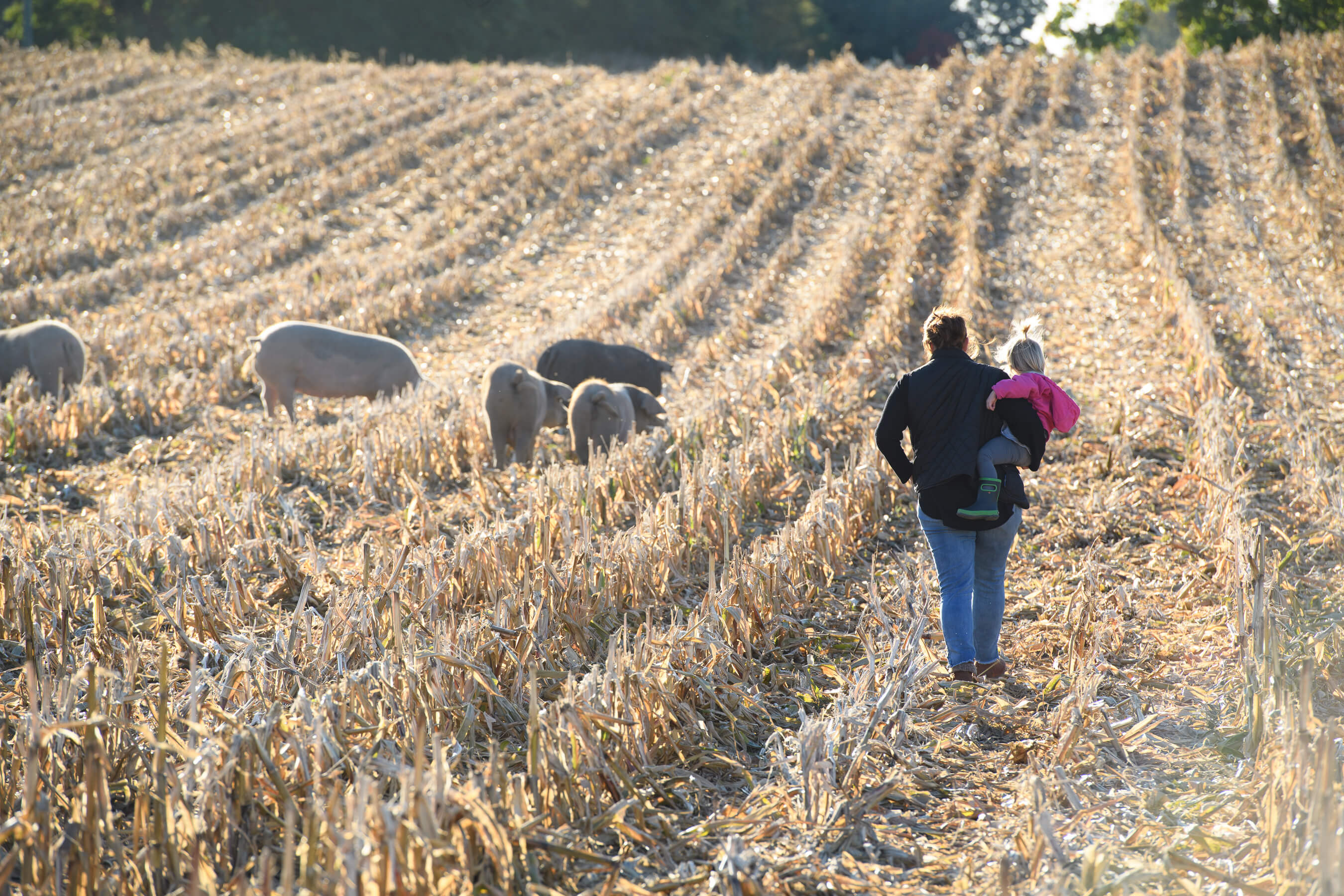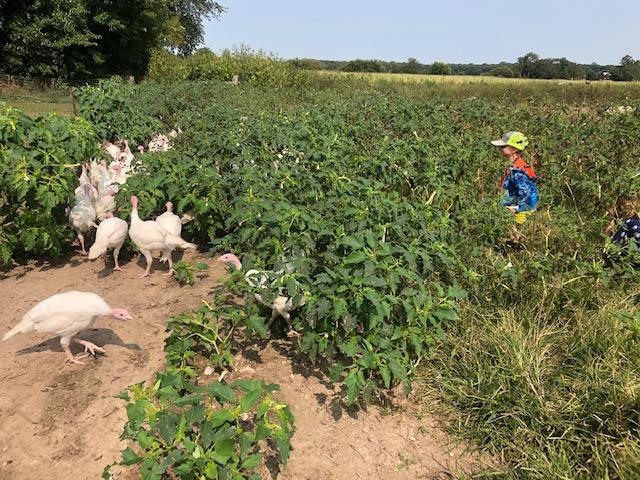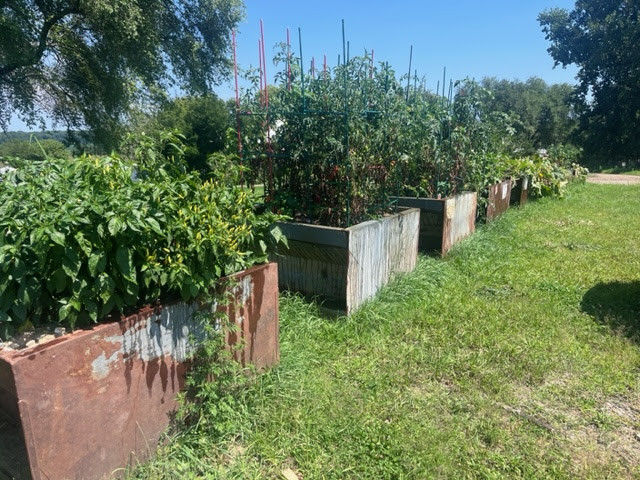At the turn of the year, society can’t help but reminisce on the days of the past calendar year, while declaring new goals for the future. It seems natural now; however, I am unsure when this became the societal norm. I think the entire process can feel dreadful at times - but helpful too.
Last year, I challenged myself to choose one word to focus on for the year instead of specific goals, and my word was Rest. What should rest mean to me physically, emotionally, and spiritually?
As a mom of four kids under 10 years old, to feel restful seemed impossible. I also reference other words such as lazy or unproductive whenever I thought of rest. Can that change for me?
I want rest. I want rest for my heart, my thoughts, and my body. So here I am waiting to feel it. Whenever I find myself at rest, my thoughts tell me there is something that should be done. I look at the messy house, the pile of paperwork at my desk, the beautiful landscape of the farm, the flow of unread emails, or the world of social media that is constantly changing. My thoughts motivate me to get up and move, or discourage me to sit in my thoughts. I either stop resting, or rest in disdain.
I have always lived inside my wandering mind, since I was a little girl. My thoughts swirl, dreaming day or night, and stories play in the background as I walk through life. However, as I grow older, those stories gradually turn to worries without much notice. I ponder a problem until a solution is found, yet I spend more time pondering than solving problems. The actual problems don’t wake me up in the middle of the night, but wondering how to solve them does.
God tells me in Matthew 11:28 “Come to Me, all you who labor and are heavy laden, and I will give you rest.” Ok God, let’s do it.
Every night I intentionally cast my cares to God. I speak to Him, recognizing that I don’t know the solution, but I do know that He does. And after those daily thoughts are spoken, my mind is able to rest, and a full night of sleep became routine. After a full night of sleep for my body and mind, the less yearning of rest felt needed during the day.
How beautiful this treacherous journey through life can be -one small word, one big impact. Moving into 2024, what is the new word? It took almost a month for me to find the right one.
This year, I choose, walk.
I won’t be going anywhere fast, but I’ll be in motion.

